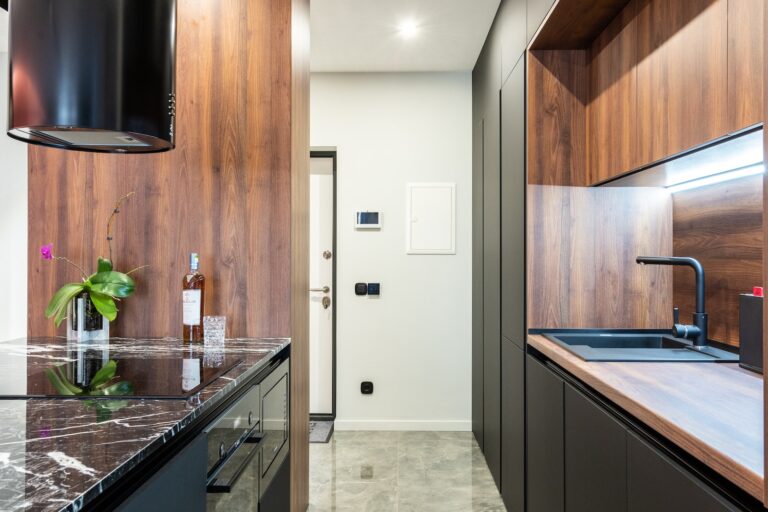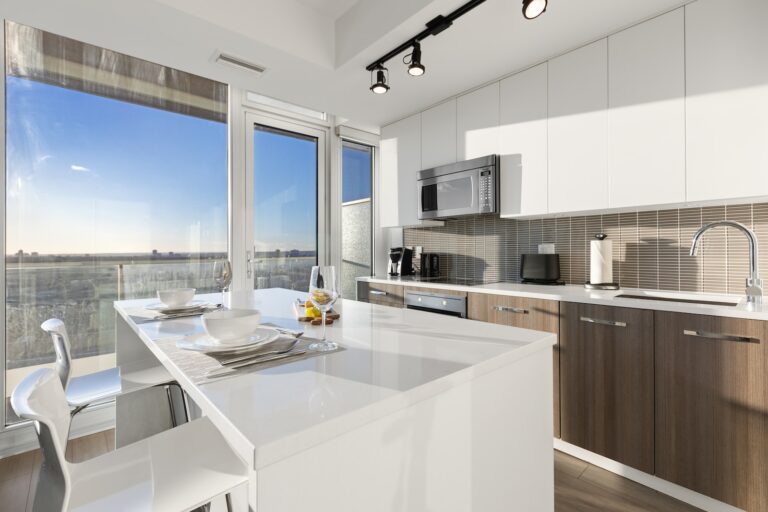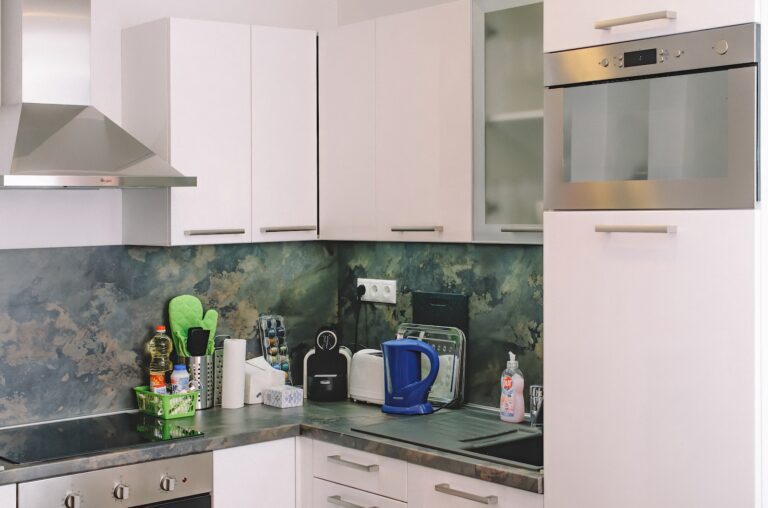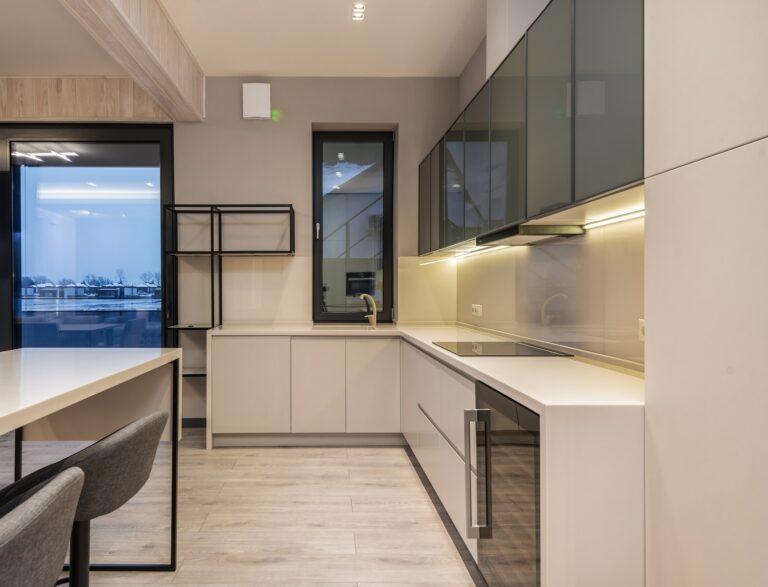When Remodeling A Kitchen What Comes First?
The kitchen is often considered the heart of the home, and remodeling it can be an exciting and daunting task. With so many decisions to make, it can be overwhelming to figure out where to start. One of the most common questions is, “When remodeling a kitchen, what comes first?”
In this article, we will explore the essential steps to take when remodeling your kitchen. From creating a budget to selecting appliances, we will guide you through the process to make your dream kitchen a reality. So, let’s dive in and discover what comes first when remodeling a kitchen.

When Remodeling a Kitchen What Comes First?
Remodeling a kitchen can be a daunting task, especially if you’re not sure where to start. There are so many things to consider, from the layout and design to the appliances and materials. But before you dive into the details, it’s important to have a plan in place. In this article, we’ll break down the steps you should take when remodeling a kitchen, so you can tackle this project with confidence.
1. Set a Budget
The first step in any remodeling project is to set a budget. This will help you determine what you can afford and what changes you can make to your kitchen. Start by creating a list of all the things you want to change in your kitchen, such as new cabinets, appliances, flooring, and countertops. Then, research the cost of these items and add up the total. This will give you a rough estimate of how much your remodel will cost.
Once you have a budget in mind, it’s important to stick to it. This may mean making compromises or cutting back on some of the items on your wish list. But don’t worry, there are plenty of affordable options out there that can still give you the kitchen of your dreams.
2. Consider the Layout
Before you start tearing down walls or moving appliances, consider the layout of your kitchen. Think about how you use the space and what changes you can make to improve functionality. For example, if you’re always tripping over your island, it may be time to relocate it. Or if you’re constantly bumping into your refrigerator when you open the door, you may want to consider moving it to a different spot.
When considering the layout, it’s also important to think about the work triangle. This is the path from the refrigerator to the sink to the stove, which should be as efficient as possible. Make sure these three areas are easily accessible and close to each other, so you can move around the kitchen with ease.
3. Choose Your Appliances
Once you have a layout in mind, it’s time to choose your appliances. This includes your refrigerator, stove, dishwasher, and any other appliances you may need. When selecting appliances, consider their size, style, and functionality. For example, if you have a large family, you may want a refrigerator with plenty of storage space. Or if you love to cook, you may want a stove with multiple burners and a convection oven.
When shopping for appliances, it’s also important to consider their energy efficiency. Look for appliances with the ENERGY STAR label, which means they meet energy efficiency guidelines set by the U.S. Environmental Protection Agency.
4. Pick Your Cabinets and Countertops
Your cabinets and countertops are two of the most important elements in your kitchen. They not only affect the look and feel of the space, but also its functionality. When selecting cabinets and countertops, consider the style, color, and material. For example, if you want a modern look, you may want to choose sleek, white cabinets with a quartz countertop. Or if you prefer a more traditional look, you may opt for wood cabinets with a granite countertop.
When selecting cabinets and countertops, it’s also important to consider durability and maintenance. Choose materials that are easy to clean and can withstand daily wear and tear.
5. Choose Your Flooring
Your kitchen floor is another important element to consider when remodeling. It not only affects the look of the space, but also its comfort and durability. When selecting flooring, consider the style, color, and material. For example, if you want a modern look, you may want to choose sleek, black tile. Or if you prefer a more traditional look, you may opt for hardwood floors.
When selecting flooring, it’s also important to consider its durability and maintenance. Choose materials that can withstand spills, stains, and heavy foot traffic.
6. Plan for Lighting
Lighting is an often overlooked element in kitchen remodeling, but it can make a big impact on the look and feel of the space. When planning for lighting, consider the three types of lighting: ambient, task, and accent. Ambient lighting provides overall illumination, while task lighting is focused on specific areas, such as the stove or sink. Accent lighting adds drama and highlights specific elements, such as artwork or a backsplash.
When selecting lighting fixtures, consider the style, size, and brightness. Choose fixtures that complement the style of your kitchen and provide adequate lighting for your needs.
7. Consider Your Backsplash
Your backsplash is another element that can make a big impact on the look and feel of your kitchen. It not only protects your walls from splatters and spills, but also adds color and texture. When selecting a backsplash, consider the style, color, and material. For example, if you want a modern look, you may want to choose a sleek, white subway tile. Or if you prefer a more traditional look, you may opt for a colorful mosaic tile.
When selecting a backsplash, it’s also important to consider its durability and maintenance. Choose materials that are easy to clean and can withstand daily use.
8. Hire a Professional
While some remodeling projects can be done on your own, a kitchen remodel is a complex task that may require the help of a professional. A professional contractor can help you with everything from design to installation, ensuring that your remodel is done correctly and efficiently.
When hiring a professional, make sure to do your research and choose someone with experience and a good reputation. Ask for references and check online reviews to make sure you’re choosing the right person for the job.
9. Plan for the Unexpected
No matter how well you plan, there may be unexpected challenges that arise during your kitchen remodel. For example, you may discover that there’s mold behind your walls or that your plumbing needs to be updated. It’s important to plan for these unexpected expenses and set aside a contingency budget just in case.
10. Enjoy Your New Kitchen
Once your kitchen remodel is complete, it’s time to enjoy your new space. Cook a meal, invite friends over, and bask in the beauty and functionality of your new kitchen. With proper planning and execution, your kitchen remodel can be a success that you’ll enjoy for years to come.
**Frequently Asked Questions**
Here are five common questions about what comes first when remodeling a kitchen:
1. How do I plan my kitchen remodel?
The first step in planning a kitchen remodel is to determine your budget. Once you know how much you can spend, you can start thinking about what changes you want to make. You should also consider the layout of your kitchen and what changes would be most beneficial. For example, if you frequently cook large meals, you may want to add more counter space or a larger stove.
It’s also important to hire a contractor or designer who can help you plan the remodel and ensure that everything is done correctly. They can help you create a timeline for the project and make sure that you stay within your budget.
2. Should I replace my cabinets or countertops first?
When remodeling a kitchen, it’s best to start with the cabinets. This is because the cabinets are the most time-consuming part of the remodel and will require the most attention to detail. Once the cabinets are installed, you can move on to the countertops.
When choosing new cabinets, it’s important to consider the layout of your kitchen and how much storage space you need. You should also think about the style and color of the cabinets and how they will match with the rest of your kitchen decor.
3. Is it necessary to update my plumbing and electrical before remodeling my kitchen?
Yes, it’s important to update your plumbing and electrical before remodeling your kitchen. This is because your new appliances and fixtures may require different electrical or plumbing connections than your old ones.
Updating your plumbing and electrical can also help you avoid potential problems in the future, such as leaks or electrical fires. It’s best to hire a professional plumber and electrician to handle these updates to ensure that they are done safely and correctly.
4. Should I choose my flooring before or after remodeling my kitchen?
It’s best to choose your flooring before remodeling your kitchen. This is because your flooring will affect the overall look and feel of your kitchen, and you want to make sure that it complements your new cabinets, countertops, and appliances.
You should choose a flooring material that is durable and easy to clean, such as tile or hardwood. You should also consider the color and style of the flooring and how it will match with the rest of your kitchen decor.
5. How long does a kitchen remodel typically take?
The length of a kitchen remodel can vary depending on the scope of the project and the contractor you hire. In general, a full kitchen remodel can take anywhere from 4-6 weeks to several months.
It’s important to have a realistic timeline for your project and to communicate with your contractor to ensure that everything is on track. You should also be prepared for unexpected delays or issues that may arise during the remodel.
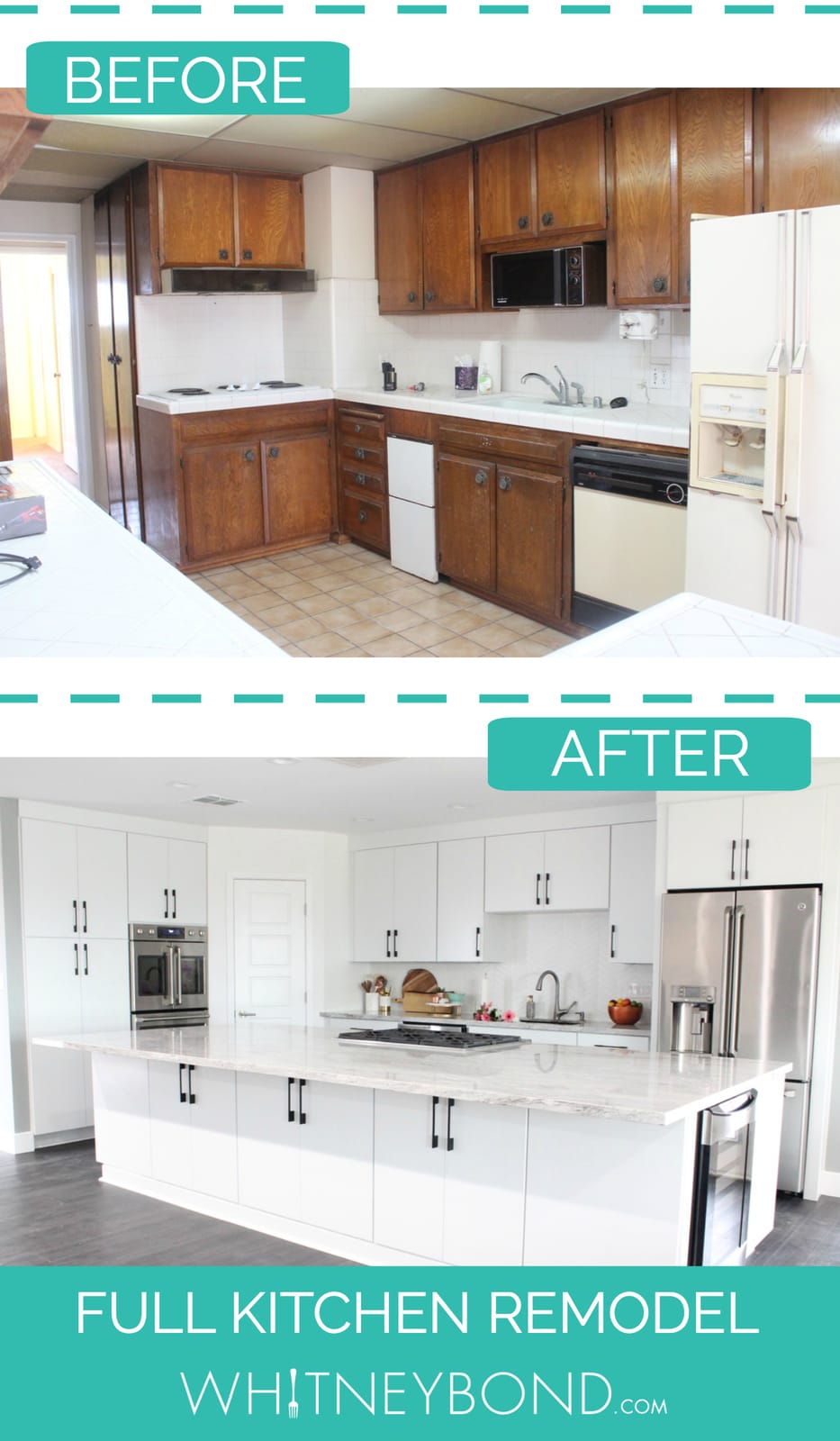
How to Plan a Kitchen Renovation Step by Step (From Experience of Remodeling 50 Kitchens)
In conclusion, remodeling a kitchen can be a daunting task, but it doesn’t have to be. By prioritizing what comes first, you can create a plan that will make the process run smoothly.
First and foremost, consider your budget and what you can realistically afford. This will help you determine what changes you can make and what materials you can use.
Once you have a budget in mind, focus on the layout of your kitchen. This is the foundation of your entire remodel and will affect everything else that comes after it. Consider the flow of the space and how you use your kitchen on a daily basis.
By taking these steps, you’ll be off to a great start on your kitchen remodel. From there, you can move on to selecting materials, appliances, and finishes that will make your dream kitchen a reality.

